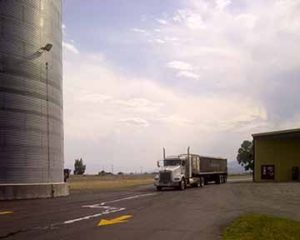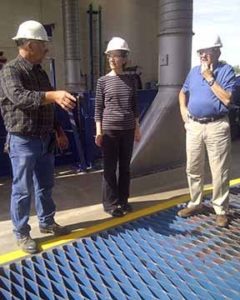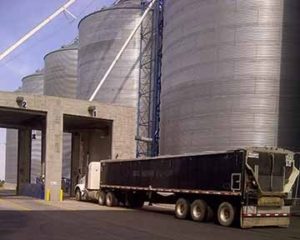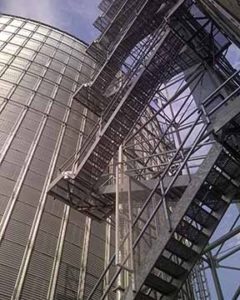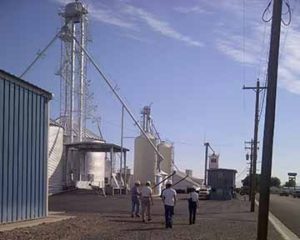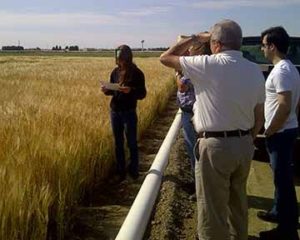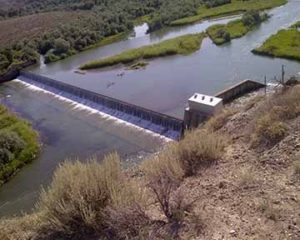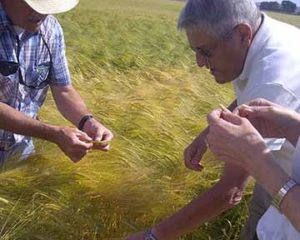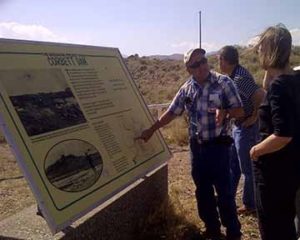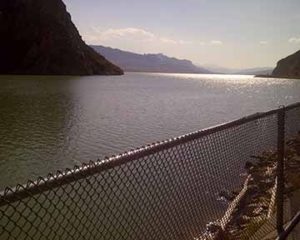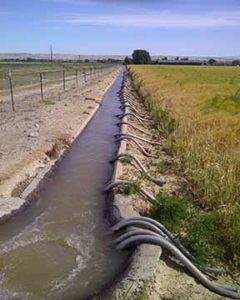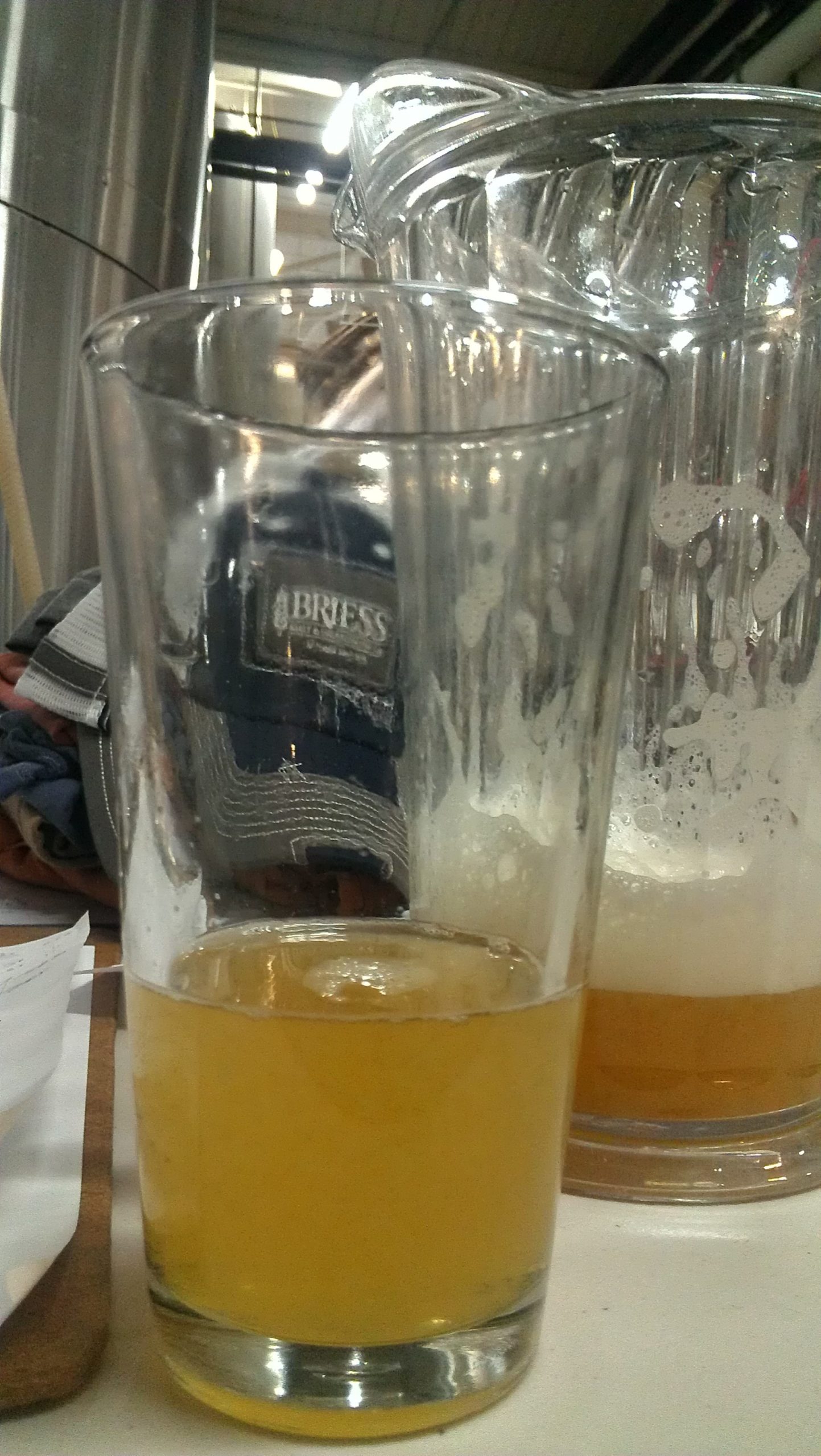Last week was the first opportunity I had to tour the barley operation Briess acquired earlier this year in Wyoming’s Big Horn Basin. I have to tell you, between the beauty of the Wyoming-Southern Montana barley growing region, the sprawling barley fields, the flood irrigation and the technical expertise of growers and staff, all expectations I had were met and exceeded.
Our visit to the elevator in Ralston, Wyoming, and seed plant in Powell, Wyoming, coincided with the very beginning of the barley harvest.
This is an extremely hectic time for the barley growers. Ops Manager Rick Redd explained how growers harvest from well before dawn to dusk. Trucks are just starting to line up when elevator lab workers arrive at dawn. The lab processes trucks nonstop until evening. After arriving at the lab, the truck is weighed and a probe automatically pulls a sample. The driver will know within a matter of minutes if the barley is accepted.
If so, the truck advances to one of two dumping pits. On the way out, the driver receives a check for the barley.
The barley harvest lasts about six weeks, during which time more than 4 million bushels of barley can be processed. The facility itself can hold 2.3 million bushels in two 750,000-bushel bins and eight 100,000-bushel bins. The Ralston elevator staff works with more than 200 barley growers in the region.
Just down the road from the Briess Ralston Elevator is the Briess Seed Plant. This is where seed for the next year’s crop is grown, certified and stored. The seed plant operates in basically the same manner as the elevator, with a capacity of 100,000 bushels. The seed is certified at the University of Wyoming Powell Research and Extension Center which is within minutes of the seed plant.
We spent several days inspecting and touring the region’s irrigation systems which begin in the surrounding Rocky and Big Horn Mountains, the elevator, seed plant and fields. Wyoming is certainly a beautiful state.


